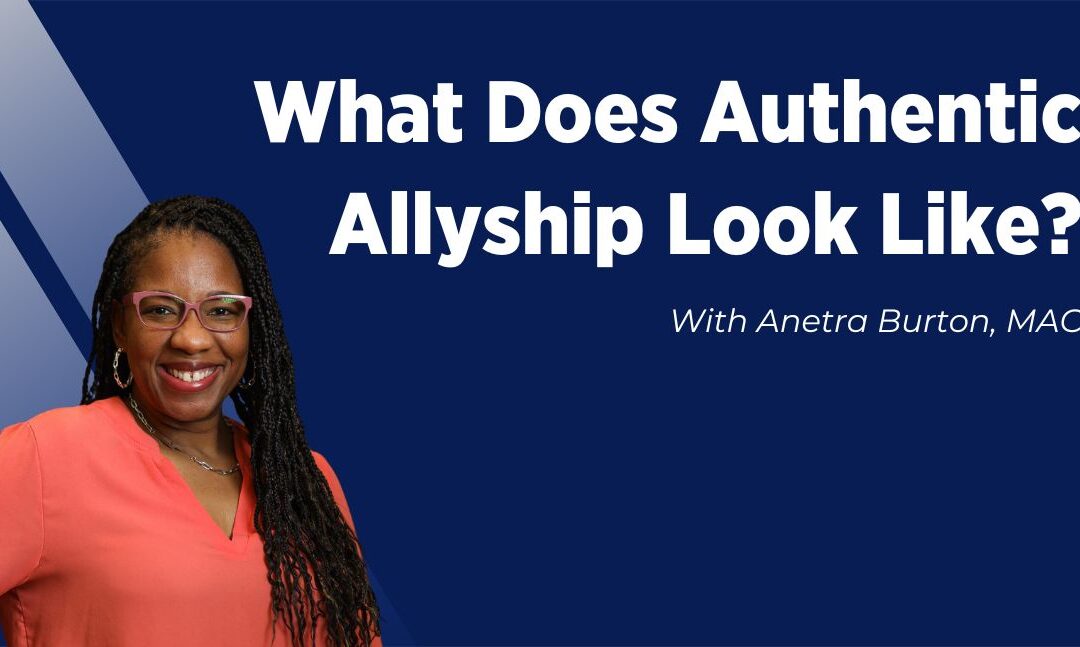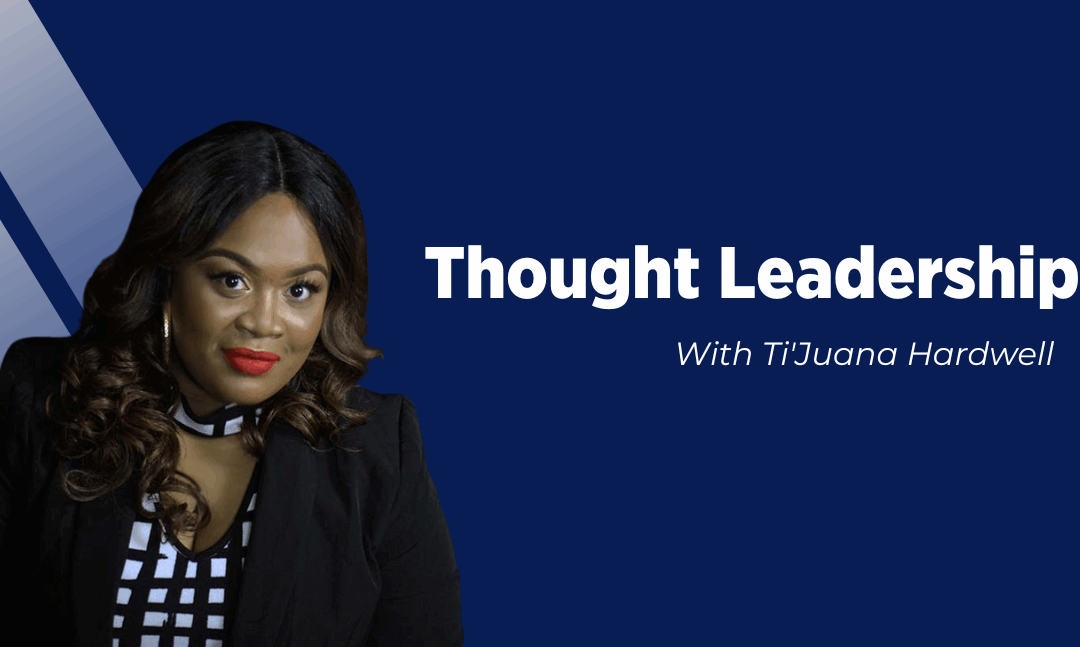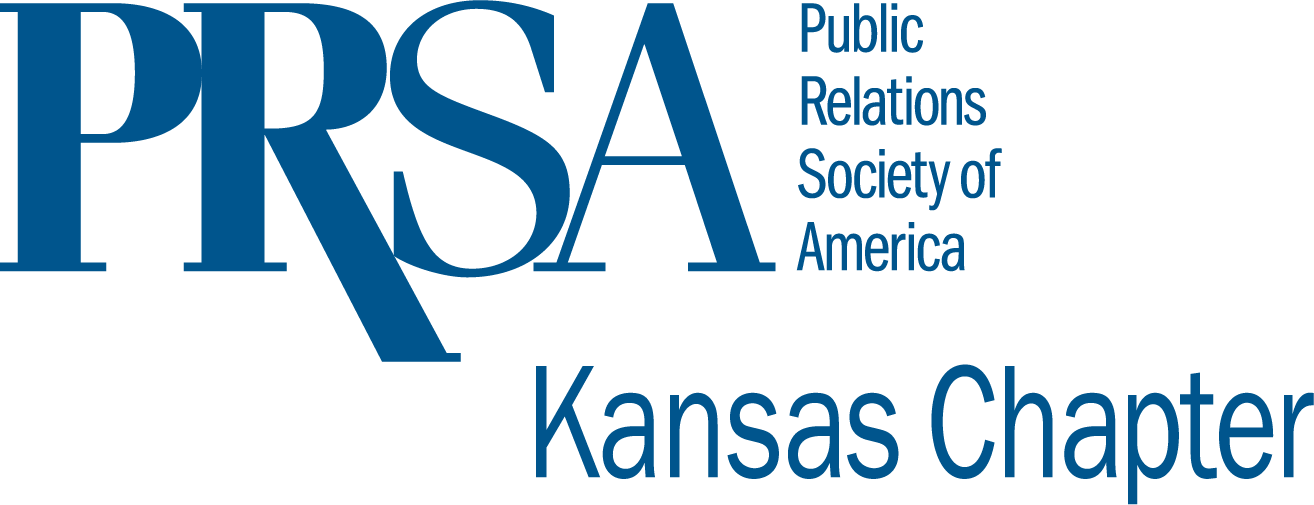
by | Jun 6, 2025 | Uncategorized
Now, more than ever, standing firm in support of diversity, equity, and inclusion is critical.
This commitment should not exist as lip service but as a tangible, actionable movement — rooted in purpose, not politics. Regardless of shifting government policies or evolving regulations, our role as communicators is to lead with integrity and push for what is right, not just what is safe.
Pride Month is underway, and I would like to invite you to pause and reflect on this question: Are you celebrating with intention or simply participating in a trend?
Today’s audiences—especially LGBTQIA+ communities—are more aware and engaged than ever. They SEE and remember when brands show up in June but stay silent the rest of the year. They know the difference between true support and rainbow-washing. As public relations professionals, we have the power—and the responsibility—to ensure that our campaigns and work reflect more than momentary momentum. They should express our organizations’ values, shape inclusive narratives, and inspire lasting change that doesn’t shift every 5 minutes like the Kansas weather.
Let’s ask ourselves the complex but necessary questions:
Have we created space for LGBTQ+ colleagues to lead the narrative?
Possible responses could look like:
- “Yes – our pride campaign was co-led by an LGBTQ+ employee resource group, from concept to content.
- “Not yet—but we’re working on shifting from representation to participation in campaign creation.”
- “We feature LGBTQ+ stories in our messaging, but realize we need to empower those individuals to tell their own stories in their own voice.”
Are our Pride efforts rooted in consistent advocacy?
Possible responses could look like:
- “Yes—we support LGBTQ+ causes year-round through volunteering, partnerships, and donations.”
- “We highlight Pride externally, but our internal policies are overdue for a DEI audit and update.”
- “We’re re-evaluating how we speak up during moments of injustice and ensuring our allyship doesn’t disappear after June.”
Are we taking real action that outlives the hashtags?
Possible responses could look like:
- “We’ve committed to LGBTQ+ inclusion training, equitable hiring practices, and safe workplace environments all year.”
- “We support Pride on social media, but we’re now exploring how our products, leadership, and partnerships align with our public values.”
- “This year, we’re pledging to listen more, learn consistently, and use our platforms to elevate LGBTQ+ voices beyond campaigns.”
Authentic allyship isn’t performative—it’s participatory, progressive, and personal. It appears in boardrooms, budgets, and brave conversations—not just in branding. Let’s hold ourselves and each other accountable for doing more than posting rainbows.
Let’s lead with courage, communicate with conviction, and take bold action that aligns with our values, regardless of the month or political season.
Here’s to a Pride Month that’s not just colorful but courageous—and a future inclusive by design, not by default.

by | Jun 3, 2025 | Uncategorized
By Ti’Juana Hardwell, Owner & Principal Consultant, Mamarazzi Communications, LLC
“Your brand is what other people say about you when you’re not in the room.” That quote by Amazon’s Jeff Bezos has always resonated with me—not just as a marketing professional, but as someone who serves business owners, organizations, and individuals navigating the power of branding every day.
In public relations and communications, we’re often tasked with telling other people’s stories, crafting messages, and polishing public images. But what about our own brand? What about how we show up?
It’s a message I repeat often to the entrepreneurs and organizational leaders I serve: you are your company’s walking billboard. Whether you’re pitching a service, leading a team, attending a networking event, or simply posting online, people are watching, listening, and forming opinions. Your personal brand is not just part of your business—it’s the heartbeat of it.
Branding Beyond the Logo
True personal branding is rooted in values, character, and credibility. It’s not about having a nice headshot or a perfectly curated social feed. It’s about being consistent in how you show up, what you say, and what you deliver.
People trust brands that align with clear values. They remember professionals who follow through, tell the truth, and bring a sense of transparency to their work. In my own career, building strong community ties and becoming a trusted voice in the field hasn’t happened overnight. It’s taken integrity, communication, and showing up with purpose again and again.
And yes—branding is also about visibility. If you’re doing good work, but no one knows about it, then your brand is incomplete. That’s why your network matters so much.
Your Network is Your Net Worth
One of the most overlooked elements of branding is your network. Relationships drive referrals, opportunities, and growth. A strong network gives you access to conversations, collaborations, and resources that can take your work to the next level.
That’s why I always encourage professionals to accept the invitation. Go to the conference. Attend the mixer. Join the association. Not because you’re collecting business cards—but because you’re welcoming connections. And those relationships often become your greatest advocates when you’re not in the room.
Avoiding the Pitfalls
While building a personal brand can unlock powerful opportunities, there are common pitfalls that quietly erode trust and credibility. Inconsistency in messaging or behavior, not honoring your word, and becoming complacent in how you show up can all diminish the impact of your brand.
It’s not about perfection, but about alignment. When your actions reflect your values—and your values are visible to others—you build a brand that lasts.
Protecting Your Brand
If you want to safeguard your personal brand, start by taking inventory of your values. What do you stand for? What are you known for? What would you want someone to say about you when you’re not in the room?
Next, be mindful of how you show up. Everything—from your email tone to your social presence to how you engage in meetings—tells a story. Be intentional about who you surround yourself with, how you communicate, and what energy you bring into a space.
Personal branding isn’t about performance. It’s about presence. It’s about purpose. And most importantly, it’s about people.
Branding That Speaks for You
Having earned recognition in my field, I’ve seen firsthand how a consistent, credible brand can open doors—not just for professional accolades, but for real relationships, trust, and long-term success.
Whether you’re working behind the scenes or leading from the front, your personal brand matters. You don’t need a massive platform to make an impact—you just need clarity, consistency, and intention.Because at the end of the day, you are your brand—and your brand is always speaking, whether you realize it or not.



Recent Comments